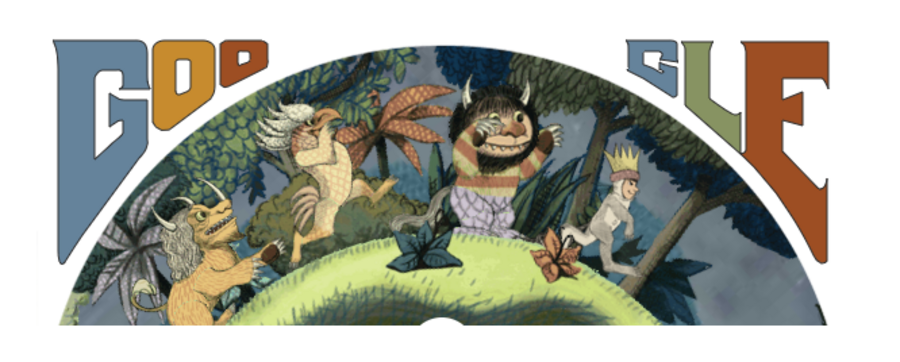One thing can be said with relative certainty about Google employees: They appreciate creativity and imagination. And what children’s author and illustrator better exemplifies these traits than the iconic Maurice Sendak?
Though Mr. Sendak passed away in 2012, Google decided to pay homage to this author on what would have been his 85th birthday in June 2013 with an animated Google Doodle. The circle begins with the "Where the Wild Things Are" protagonist, Max, in his wolf costume and crown, winding his way through his bedroom and into a magical forest, and continues through more of the author’s whimsical stories and settings.
What does this say about Google? Doodle illustrator Jennifer Hom explained that Sendak’s iconic works inspired creativity in all age groups.
“Whether they are monsters stomping through a forest, a boy cruising in a bread plane, or a parade of pigs celebrating a birthday, the unique characters of Sendak's books have sparked the imaginations of children for decades,” she writes.








